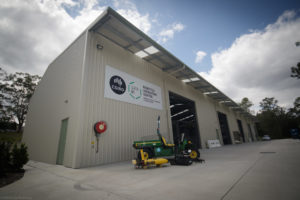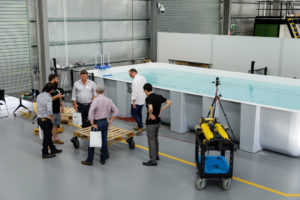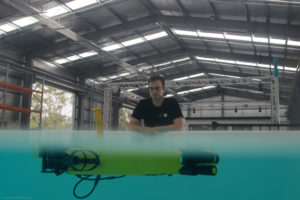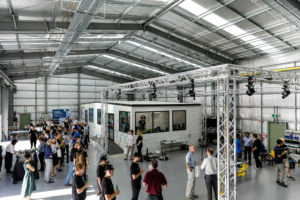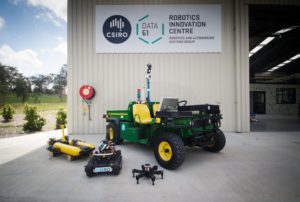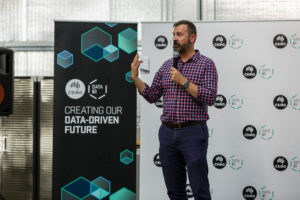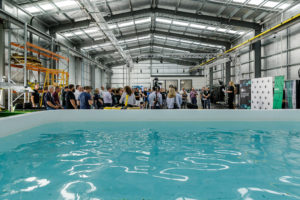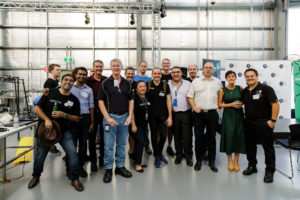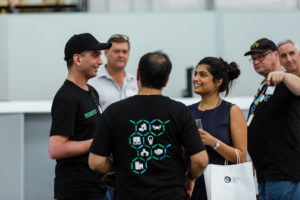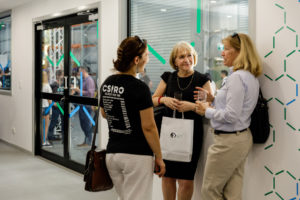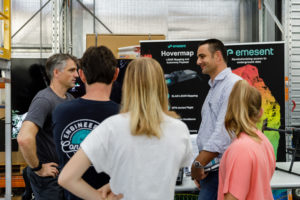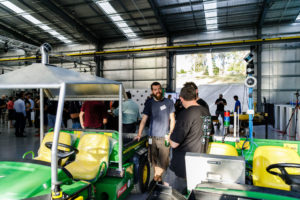Our Robotics Innovation Centre has been officially launched
On 12 March 2019, we officially opened the CSIRO’s Data61 Robotics Innovation Centre to further expand our world-leading research into robotics and autonomous systems in Brisbane, in a move to position Australia to take a lead in a fast-growing industry that will be worth $23 billion globally by 2025.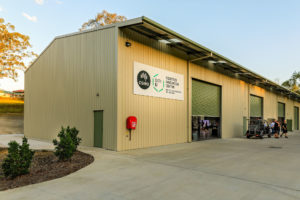
The 600-square-metre facility will be used to continue research that is already underway to develop autonomous robotics systems to interact safely and seamlessly with humans in various situations.
The Centre houses the biggest motion-capture system in the southern hemisphere, which would be used to assess and analyse data collected by its various robotics systems. It also contains a 13×5 metre pool for testing aquatic robots, numerous unmanned aerial and ground vehicles, legged robots, high-accuracy robot manipulators, as well as sensors and telemetry systems.
We aim for the Robotics Innovation Centre to be recognised as a valuable national asset, allowing national and internationally recognised robotics and machine-learning researchers to combine their expertise with ours and expand the much-needed collaboration between industry, government and academia.
Brisbane has become even more prominent in robotics when it hosted the International Conference on Robotics and Automation (ICRA2018) for the first time in the southern hemisphere last year.
Our group is one of the global leaders in field robotics, with capabilities ranging from legged robots and 3D mapping through to unmanned aerial vehicles (UAVs) and unmanned ground vehicles (UGVs).
Work already underway, to be run from the facility, includes efforts to develop new approaches to rapidly map, navigate and search underground environments using legged robots and autonomous drone technology, which is part of a three-year DARPA funded SubT Challenge.
Once developed it is expected this technology will help human first responders in understanding and exploring hazardous underground environments during emergency rescue efforts, and also have various commercial applications across a range of industries including mining, transport, construction and agriculture.
Fred Pauling, Robotics and Autonomous Systems group leader said “the new facility will enhance the group’s world-class research capabilities as it expands our research infrastructure to develop highly autonomous robotics systems that can interact safely and seamlessly with humans and other dynamic agents, in challenging indoor and outdoor environments”.
This new robotics infrastructure is open for industry use and collaborative projects. This includes dedicated mechanical and electronics engineering laboratories, several high-end rapid prototyping machines, large sheds for indoors systems testing, an open-air UAV flying area and outdoor testing areas including a forest and creek.
For more information, contact us.
Photo Gallery
Media Coverage
- The Hon Karen Andrews MP Minister for Industry, Science and Technology: CSIRO’s Data61 launches new robotics research facility
- Courier Mail: Brisbane leads world as $3m CSIRO Data61 group robotics centre opens
- The Australian Financial Review: Economic benefits predicted as Brisbane gets world-class Data61 robotics centre
- CIO Australia: Inside ‘The RIC’: Data61’s new robotics test facility
- Logistics Magazine: Data61 launches Robotics Innovation Centre in Queensland
- IT Brief Australia: Data61 to expand robotic infrastructure with new facility
- PACE Today: CSIRO Data61 opens new robotics research facility in Queensland
- The Urban Developer: Brisbane Gets Purpose-Built Robotics Centre for $23bn Industry
- Innovation Australia: Data61 funds $3m robotics facility
- ZDNet: Data61 launches new robotics research centre
- ITWire: CSIRO, Data61 launch new robotics research centre
- Which50: Data61 Opens Robotics Research Centre In Brisbane
- Climate Control News: Robotics research to unlock Industry 4.0
- Spatial Source: Data61 launches Robotics Innovation Centre in Queensland
- Inside Robotics: Data61 looks to the future with new Robotics Innovation Centre
- AU Manufacturing: CSIRO launches new robotics laboratory
- Process Technology: Data61 expands robotics infrastructure
- Mirage News: Data61 expands robotics infrastructure
- Get STEM: Data61 expands robotics infrastructure
- International Mining: CSIRO’s Data61 expands robotics infrastructure
- Mining Magazine: Data61 launches robotics, automation research centre
- Xinhua Net: Australia’s top scientific body opens new robot research facility
- Public Now: CSIRO’s Data61 Launches New Robotics Research Facility
- Ferret: CSIRO Data61 opens new robotics research facility in Queensland
- Brisbane Investor: Brisbane Gets Purpose-Built Robotics Centre for $23bn Industry
- Australian Manufacturing: CSIRO’s Data61 opens new Robotics Innovation Centre in Queensland
- Defence Connect: CSIRO expands Australian robotics and autonomous systems R&D infrastructure
- Manufacturers’ Monthly: CSIRO to push Industry 4.0 to new heights with robotics centre
- Infrastructure Magazine: CSIRO opens new robotics research facility
TV & Radio
- 7 News – CSIRO’s Data61 expands robotics infrastructure
- 10 News – CSIRO’s Data61 expands robotics infrastructure
- ABC Brisbane Radio – CSIRO’s Data61 expands robotics infrastructure
- 4BC – Brisbane claims title as Australia’s robotics capital
- 4BC – Brisbane claims title as Australia’s robotics capital
[jetpack_subscription_form title=”Subscribe to our News via Email” subscribe_text=”Enter your email address to subscribe and receive notifications of new posts by email.”]

